
| |
A coral is an animal. It is the thin layer of living tissue that covers a hard structure called the coral skeleton.
|
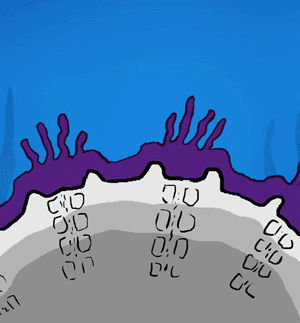
| |
The coral builds this structure layer by layer by causing calcium carbonate (a.k.a. limestone) to be deposited on the existing skeleton. Coral structures can grow to different shapes, depending on the species. Some look like boulders, others like tree branches or even heads of lettuce.
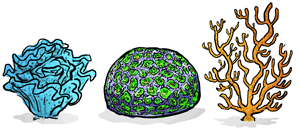
|

| |
Most corals get their color from algae that live inside the coral tissue. The algae have a symbiotic relationship with the coral: the coral hosts the algae and, in exchange, the algae take energy from the sun (through photosynthesis) and share it with the coral.
|
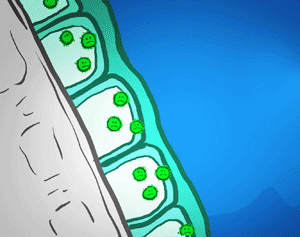
| |
Coral bleaching occurs when this symbiotic relationship breaks down and the algae is ejected from the coral.
|
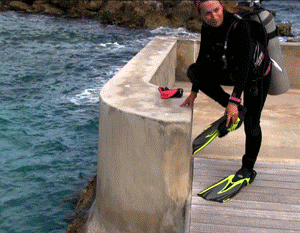
| |
Kate Furby is a Marine Biology grad student at the Scripps Institution of Oceanography, U. California San Diego. In the video above, she explains her research of looking at how coral reefs recover from these catastrophic events.
|
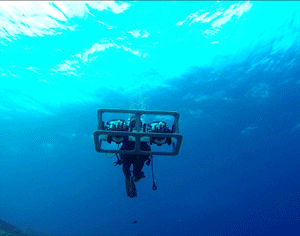
| |
Using a rig she calls the 'Photomegatron', Kate surveys coral reefs in different parts of the world, looking at how some
species of coral are seemingly wiped out by a bleaching event, and then slowly come back from the dead.
Click Here to
see the video.
|
